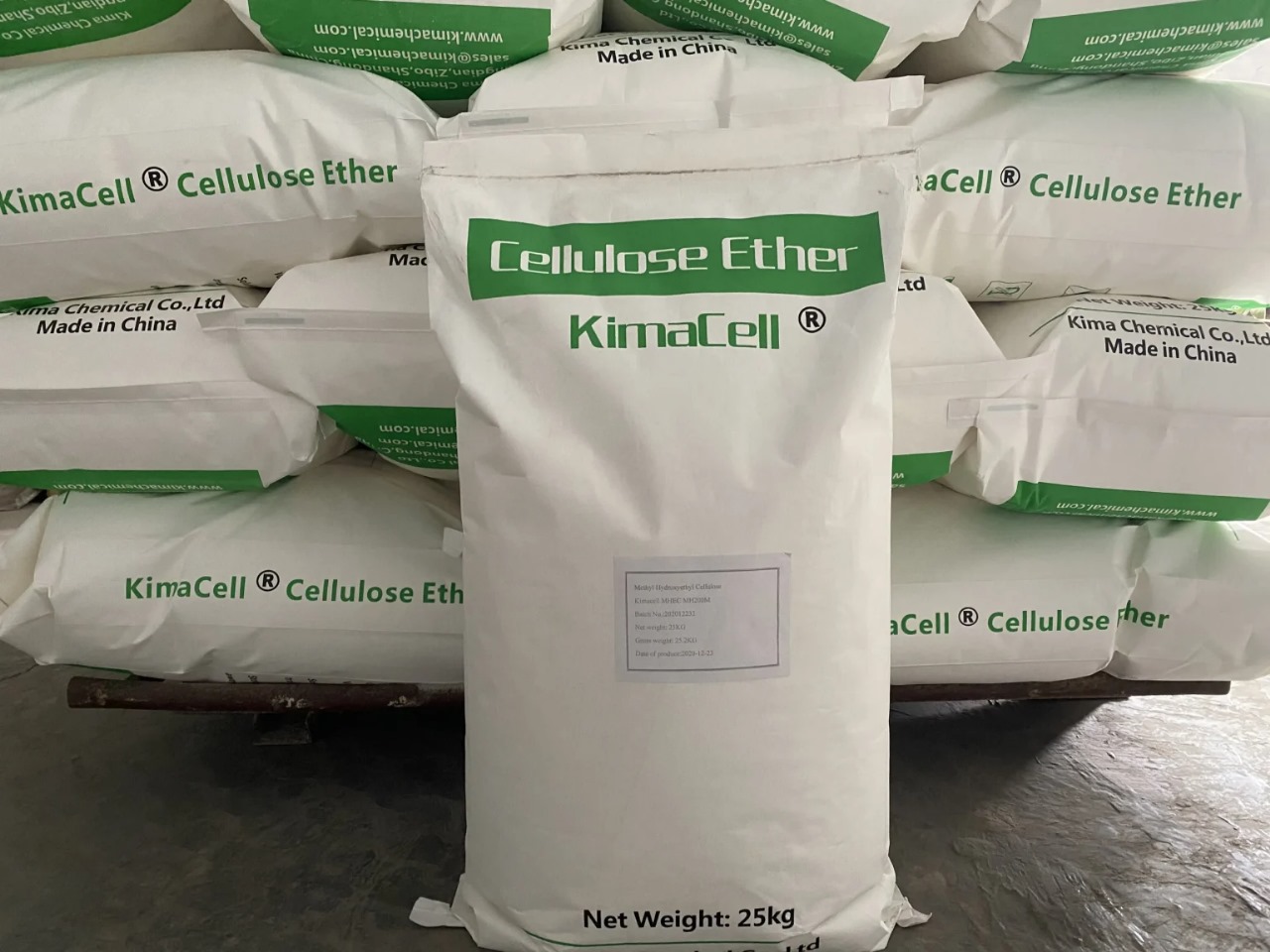Introduction
At KIMA CHEMICAL CO., LTD, we understand the growing demand for advanced industrial materials, and one of the most versatile and widely used compounds is Cellulose ether. Derived from natural cellulose, cellulose ether undergoes chemical modification to enhance its solubility, viscosity, and stability, making it an indispensable component in multiple industries. From construction to pharmaceuticals, cellulose ether has earned its place as a go-to additive for improving performance, efficiency, and quality in various applications. This guide will explore what cellulose ether is, its properties, production process, and its diverse industrial uses, offering insights into why it continues to dominate the market.
What is Cellulose Ether?
Cellulose ether refers to a group of water-soluble polymers produced through the chemical modification of natural cellulose extracted from plants. This process introduces ether groups into the cellulose backbone, giving it unique physical and chemical properties. The most common types include Hydroxyethyl Cellulose (HEC), Hydroxypropyl Methylcellulose (HPMC), Methylcellulose (MC), and Carboxymethyl Cellulose (CMC). Each type of cellulose ether has specific characteristics that make it suitable for different applications, from thickening and binding to stabilizing and film-forming.
Key Properties of Cellulose Ether
The popularity of cellulose ether in industrial applications is due to its outstanding properties. These include:
- Water Solubility – Cellulose ether easily dissolves in cold or hot water, providing excellent consistency in formulations.
- Viscosity Control – It offers adjustable viscosity levels, essential for processes like coating, mixing, or printing.
- Film-Forming Ability – Cellulose ether can create strong, flexible films, which is valuable in coatings and pharmaceuticals.
- Stability – It resists temperature changes, pH variations, and microbial attacks, ensuring product longevity.
- Biodegradability – Being plant-derived, cellulose ether is eco-friendly and sustainable.
How Cellulose Ether is Produced
The production of cellulose ether starts with purified natural cellulose, usually sourced from wood pulp or cotton fibers. This cellulose is treated with an alkalizing agent, such as sodium hydroxide, to form alkali cellulose. Then, specific etherifying agents, such as methyl chloride or propylene oxide, are introduced to replace some of the hydroxyl groups in the cellulose molecule. The degree of substitution (DS) determines the final properties of the cellulose ether. After etherification, the product is purified, dried, and milled into a fine powder, ready for industrial use.
Applications of Cellulose Ether in Different Industries
Construction Industry
Cellulose ether plays a vital role in modern construction materials such as tile adhesives, plasters, mortars, and wall putty. It improves water retention, enhances workability, and prevents sagging in vertical applications. By controlling setting times and ensuring consistent texture, cellulose ether ensures higher quality and durability in construction projects.
Pharmaceutical Industry
In pharmaceuticals, cellulose ether is used as a binder, film-coating agent, and controlled-release material for tablets and capsules. It provides stability, improves dissolution rates, and ensures the safe delivery of active ingredients. Types like HPMC are especially valued for their compatibility with various drug formulations.
Food Industry
Food-grade cellulose ether acts as a thickener, emulsifier, and stabilizer in sauces, dairy products, and baked goods. It helps maintain texture, prevents ingredient separation, and improves shelf life without altering the taste or nutritional value of the food.
Paints and Coatings
Cellulose ether enhances the viscosity and stability of paints and coatings, preventing pigment settling and ensuring smooth application. It also improves adhesion and resistance to cracking, making it ideal for both decorative and protective coatings.
Oil and Gas Industry
In drilling fluids, cellulose ether helps control fluid loss, improves viscosity, and enhances the stability of mud under high temperatures and pressures. This ensures efficient drilling operations and reduces the risk of wellbore instability.
Cosmetics and Personal Care
Shampoos, lotions, creams, and gels often contain cellulose ether for thickening, emulsifying, and stabilizing. It enhances the sensory feel of products and ensures a consistent, smooth texture that appeals to consumers.
Advantages of Using Cellulose Ether
The use of cellulose ether offers multiple benefits across industries:
- Improves product performance and durability.
- Enhances process efficiency by controlling viscosity and water retention.
- Provides eco-friendly solutions due to its biodegradability.
- Compatible with a wide range of raw materials and formulations.
- Cost-effective for large-scale industrial applications.
Future Trends in Cellulose Ether Use
With increasing emphasis on sustainable and green chemistry, the demand for cellulose ether is expected to grow. Innovations in bio-based production and customized ether derivatives are paving the way for even more specialized applications. Industries are also focusing on improving functional performance while reducing environmental impact, making cellulose ether a key player in the future of industrial materials.
Conclusion
Cellulose ether is a multifunctional, eco-friendly, and highly adaptable material that serves as a critical component in industries ranging from construction and pharmaceuticals to food, cosmetics, and oil drilling. Its unique properties, such as water solubility, viscosity control, and biodegradability, make it a top choice for manufacturers seeking quality and performance. At KIMA CHEMICAL CO., LTD, we are committed to delivering premium-grade cellulose ether that meets the highest industry standards, helping our clients achieve excellence in their products and processes while contributing to a more sustainable future.



